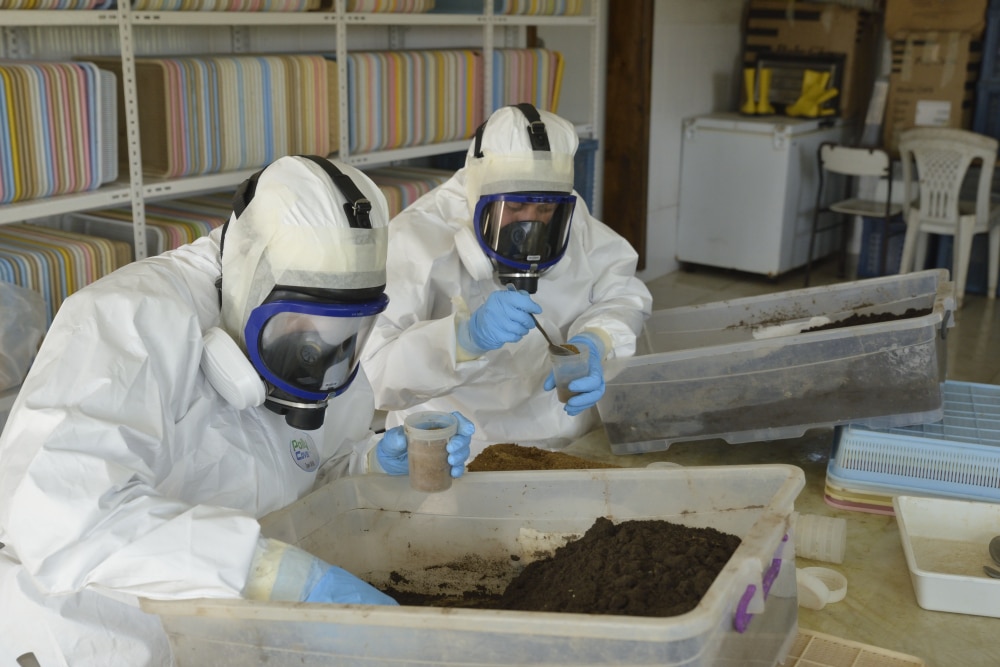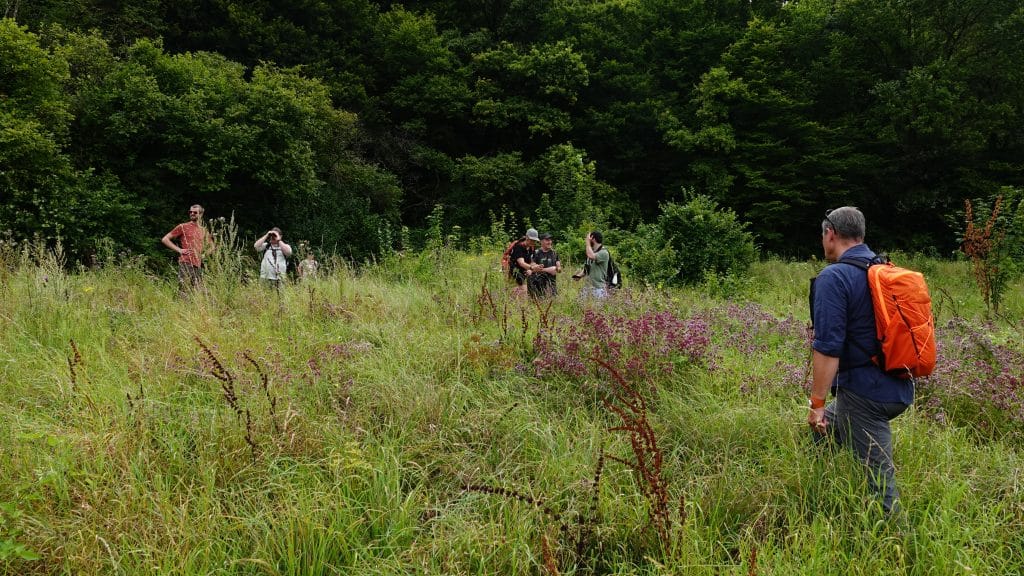The oak processionary
Ecology, distribution, impact on health and environment, control and prevention
READ MORE3 ecological techniques
The use of natural enemies to control oak processionary caterpillars
READ MORECommunication and dissemination
In situ demonstrations, training sessions, communication, sharing expertise.
READ MOREMonitoring & Socio-economic study
Measuring the impact of our management methods. Gaining insight in the costs caused by the oak processionary caterpillar.
READ MORENEWS
2024 – Looking back on a difficult research year
Important steps in the ivy experiment and the forest caterpillar hunter-experiment, little progress in the predatory birds-experiment, still waiting for results on the experiment with parasitic flies/parasitic wasps
Once again a gang of robbers active in Limburg …
Lots of action and a major breakthrough in the breeding experiment with the Forest Caterpillar Hunter
In search of the Forest Caterpillar Hunter with UK Forest Research
A welcome visit from colleagues from the UK, and a joint search for the Forest Caterpillar Hunter


